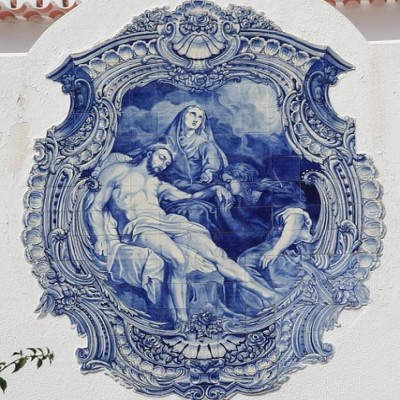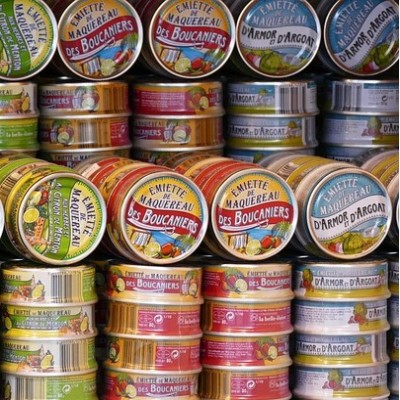Blog Details

The Story Behind Portuguese Azulejos
🎨 The Story Behind Portuguese Azulejos: Art in Every Tile
Azulejos are more than just beautiful tiles — they’re the colorful storytellers of Portugal’s past. Found on churches, palaces, train stations, and even homes, these hand-painted ceramic tiles have become one of the country’s most iconic art forms. But where did they come from, and why do they matter so much in Portuguese culture?
📜 A Brief History
The word azulejo comes from the Arabic word al-zillīj, meaning “polished stone.” The art form was introduced to the Iberian Peninsula during the Moorish occupation and later adopted by the Portuguese in the 15th century.
Initially used for functional wall coverings, azulejos quickly evolved into decorative elements. Over the centuries, they began telling stories — biblical scenes, historical events, and everyday life were all illustrated in vivid color and detail.
💙 The Signature Blue-and-White Style
While early azulejos were multicolored and geometric (influenced by Islamic art), the blue-and-white style became dominant in the 17th century, inspired by Chinese porcelain. This elegant palette gave rise to Portugal’s most recognizable tilework, often covering entire walls with breathtaking scenes.
🏛 Where to See Azulejos in Portugal
-
Lisbon: Visit the National Tile Museum (Museu Nacional do Azulejo) for a journey through tile history.
-
Porto: The São Bento Train Station is world-famous for its stunning tile panels depicting historical moments.
-
Sintra: The Palácio Nacional de Sintra and Palácio da Pena showcase azulejos in royal splendor.
-
Everyday Homes: Walk through any Portuguese neighborhood and you’ll find azulejos decorating doorways, street signs, and facades.
🖌 How Azulejos Are Made
Creating azulejos is an art that involves:
-
Forming the tile: Usually from clay, shaped and fired.
-
Glazing: A white coating prepares the tile for painting.
-
Hand-painting: Skilled artisans paint intricate designs using mineral-based pigments.
-
Final firing: The tile is baked again to seal the glaze and colors.
Each tile is unique — a true reflection of the artisan’s hand and heritage.
✨ What They Symbolize
Azulejos are more than decoration. They represent:
-
Identity: A visual language of Portuguese culture and storytelling.
-
Craftsmanship: Centuries of handmade tradition passed through generations.
-
Preservation: A connection between the past and present, still visible in modern design.
🎁 Bringing Azulejos Home
Today, you can bring the beauty of azulejos into your own life — whether through decorative tiles, coasters, wall art, or hand-painted gifts. They're timeless, elegant, and always meaningful.
Explore our collection of authentic Portuguese azulejos. Let a tile tell your story.




